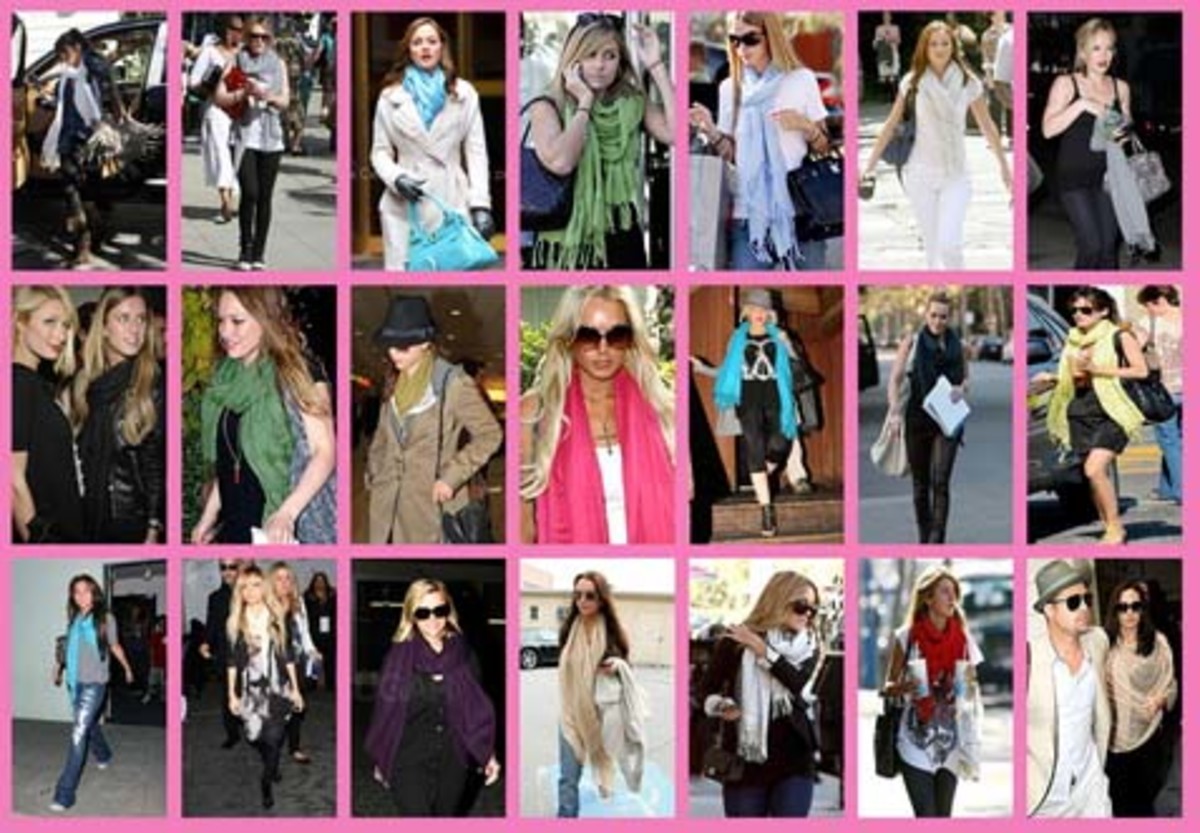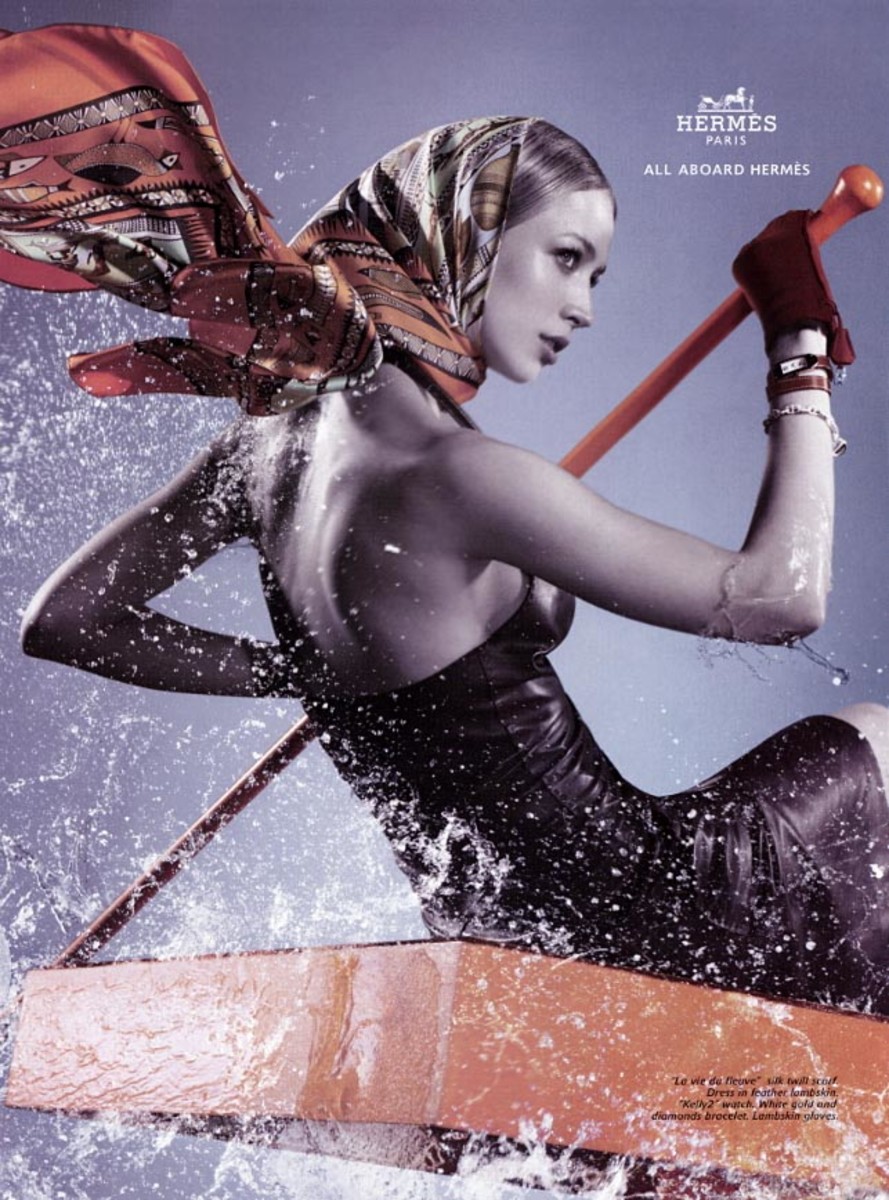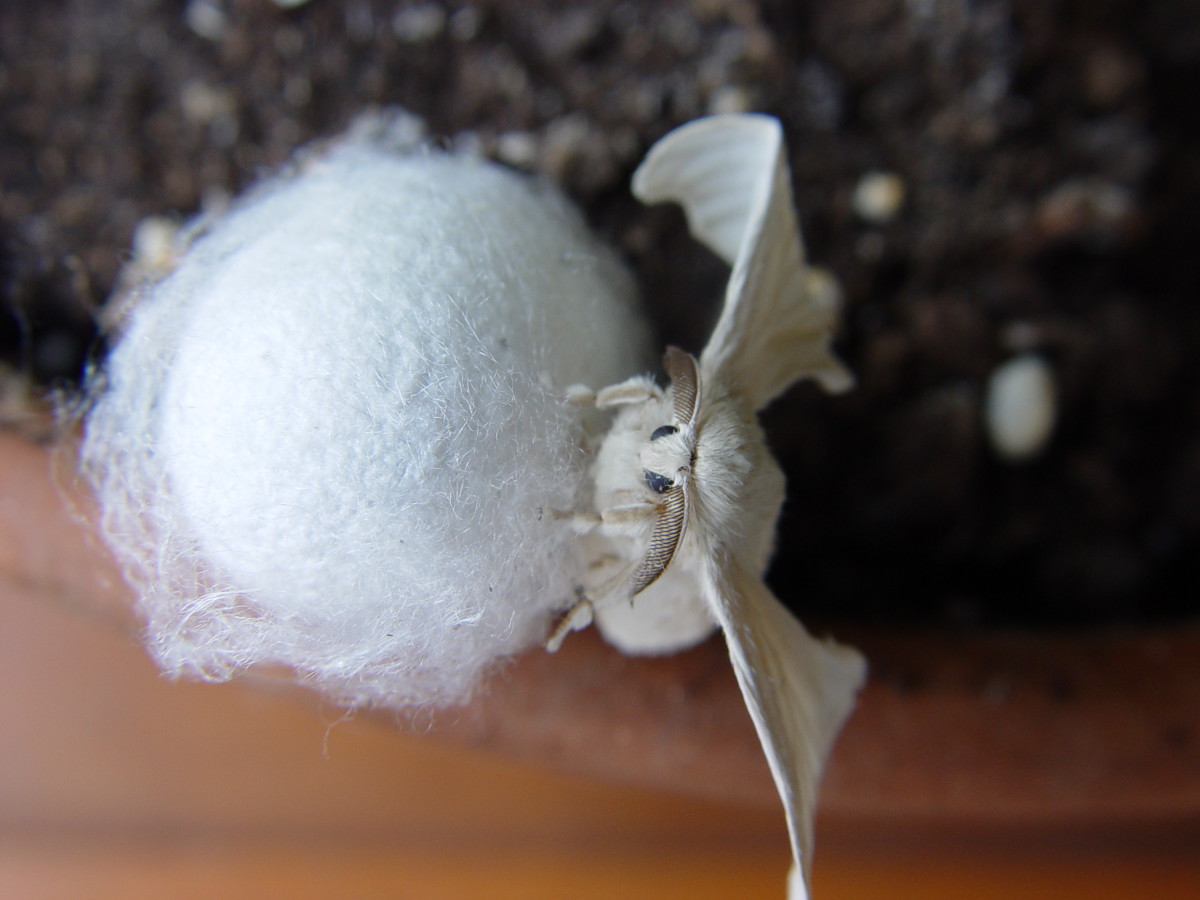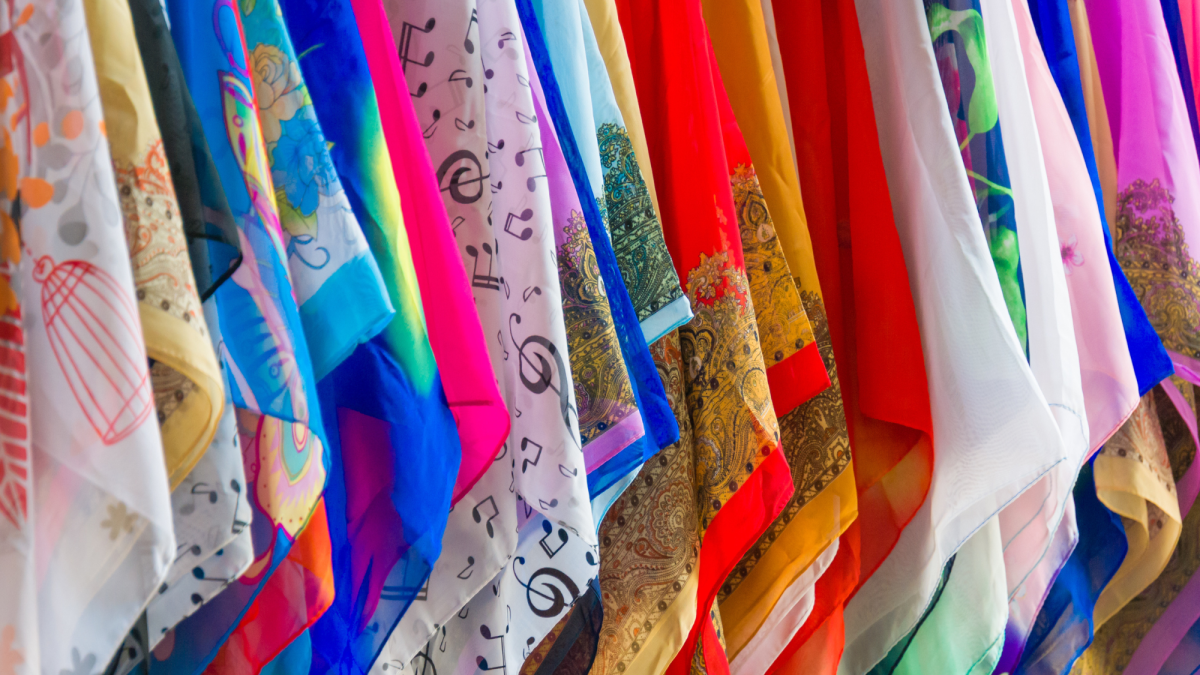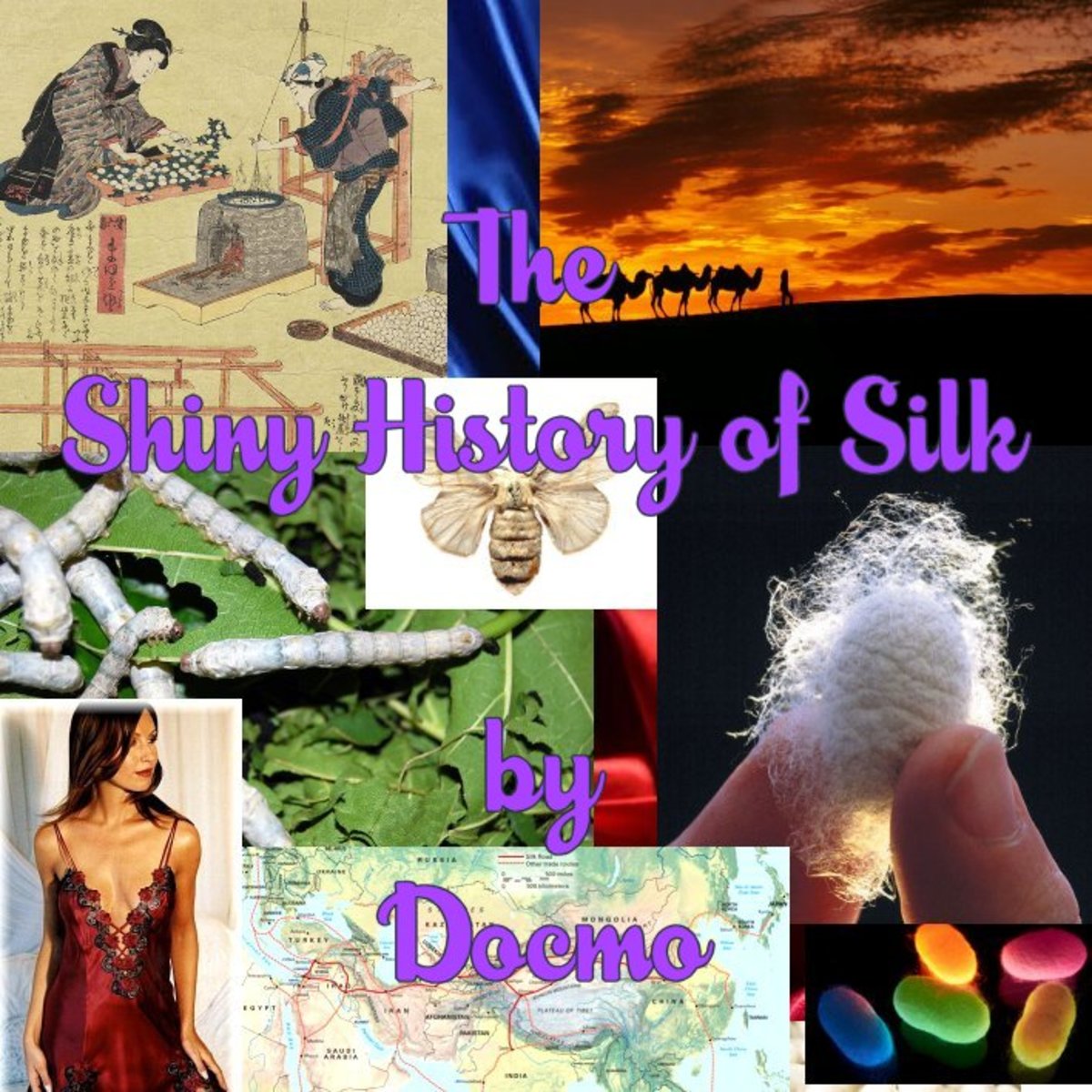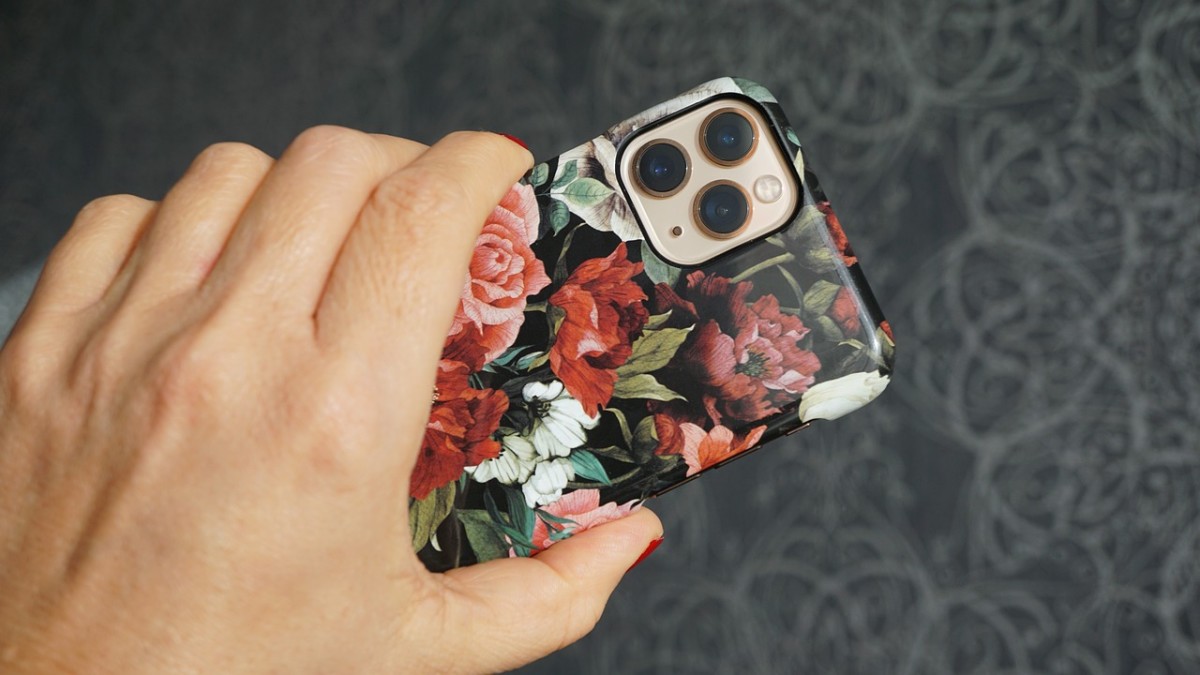Where Does the Silk Come From to Make Silk Scarves and Shawls?
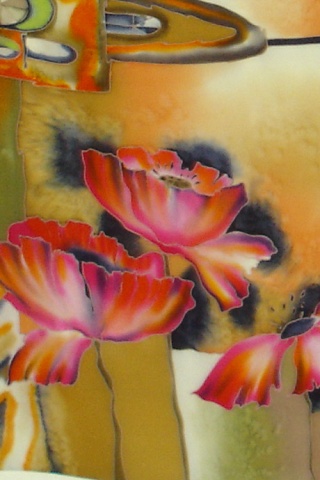
Do you not wonder at the beauty of a handmade silk scarf or shawl, marvel at the skill and creativity behind it? Have you ever speculated about the process that produced it? If you research the topic, what you discover will further amaze you.
It Starts With A Silk Moth
Before the craftsmen and women can weave and the artist create, a small female silk moth must lay her eggs. Over a period of four to six days, she will produce approximately 500 eggs before dying. The overall result of her and other moths’ labor and death are some 30,000 miniscule silkworms or caterpillars per ounce of eggs. Each one of them begins their life by nibbling away at the leaves of the black mulberry tree. To produce approximately 12 pounds of silk, they will need to eat around 1 ton of leaves.
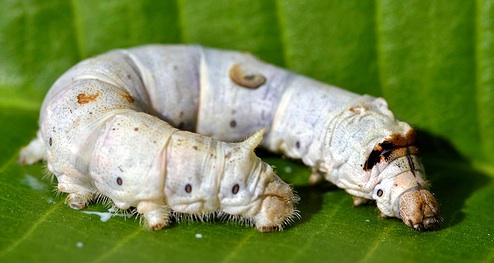
Larvae – silk worms, demand constant attention. They live in layers – in trays stacked atop each other in warm incubators. The attendants make sure there are no drafts, strong smells or loud noises. They feed the worms once every half-hour to encourage weight gain. In order to produce fine silk, the worms must increase their birth weight 10,000 times. This will provide them with sufficient energy to enter into the second stage of their lives – the cocoon or pupa.
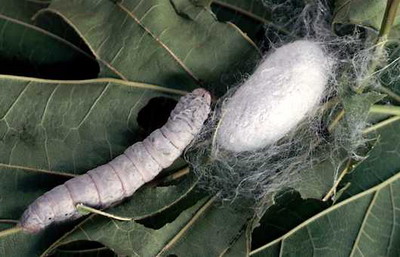
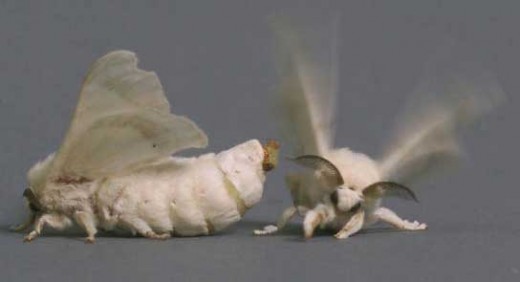
The Worm Turns
As a pupa or caterpillar, the now mature silkworm will begin to spin a substance for its cocoon. Although this initially has a jelly-like texture, it hardens with contact with air. The entire process of spinning the cocoon or pupating lasts for 3 or 4 days. The continuous thread winds slowly around the caterpillar until they are completely covered. In the end, the caterpillar resembles a small, white puffball.
If left alone, the caterpillar would mature into a silk moth within 8 or 9 days. This is not the case in silk production. The silk producer takes the unborn moths and places them in intense heat. This kills off the larvae while preserving the silken threads. He or she next dips the cocoons into hot water. This will relax the threads for the unwinding process. The silken threads from the cocoon, totally between 600 and 900 meters, end up on a spool.
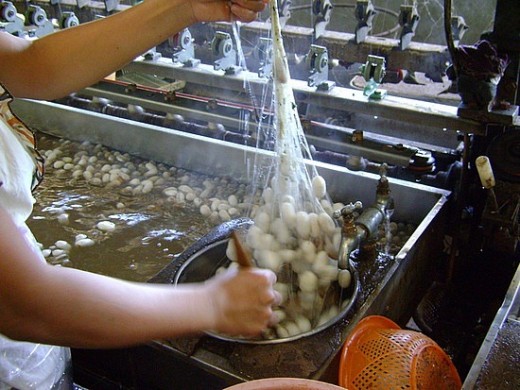
The Aftermath
The fine raw silken threads can follow any number of routes after the unwinding and rewinding process ends. The intended use dictates the twisting pattern that will compose a single silk thread. The result can be crepe and organzine or the finest and purest silk.
The last component of the process involves weaving the silk threads into the cloth forming the starting point of your fabulous silk scarf or shawl. At this point, both the designers and artists enter the picture. They begin the process through which the hand-woven and beautiful silk becomes a unique and stunning piece of wearable art.
While the amount of work behind the production of raw silk is high and intensive, the demand has continued to increase. There has been flagging of interest among those with discerning eyes and tastes. The quality and sheer pleasure of silk against the skin is sure to result in this trend continuing. Unlike many manufactured products, handmade silk will endure.
Visit WomenClothingToday.com to browse a gorgeous collection of scarves and shawls.
- Scarves and Shawls
Scarves and Shawls you'll love! With a gorgeous silk and pashmina scarves and shawls you can look beautiful anywhere, anytime you go for very little money.

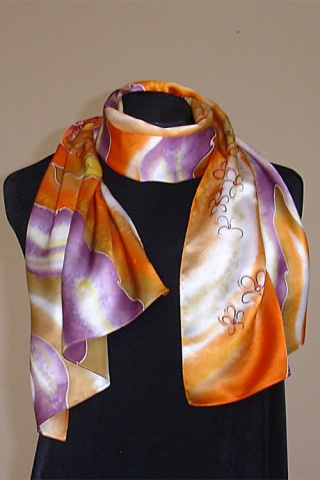
Other relevant hubs:
- Silk Scarves - Dressing for the Workplace
Dressing for the workplace requires a delicate balancing act. At the same time as ensuring that your outfit portrays you as a smart, professional woman, you also dont want to feel as though you are... - Womens Silk Scarves If Theyre Good Enough ...
Silk scarves. For years, women have loved to wear them. Greta Garbo, Audrey Hepburn and Sophia Loren have been but a few of the famous and wealthy women who have increased this yearning by the public... - Silk Scarves: To Wear Or Not To Wear?
Silk scarves are one of today's hottest items, and with any fashion, comes controversy.There are some people who are dead set against the idea of wearing silk scarves, because of the price and the fact that... - Silk Scarves and Shawls for Women The Ageless Ac...
Without doubt, there are few one-style-suits-all clothing. Some types simply are not suitable or flattering, for women of all ages. Some clothing turns a young woman into an elderly aunt while others... - Breeding and Raising for Silkworms
Silkworms are a great staple feeder for your reptile. They are packed with nutrients. They have no smell, can't jumb or run away, cannot bite, and are slow moving. They are one of the better feeders for your... - Beginners' Silk Painting Projects for Children and A...
Silk painting is fun and it is a very unique and beautiful technique. Silk painting for beginners can start with a simple project to master the basic techniques. Silk was once frequently used in paintings...
This hub brought to you...
by Julie-Ann Amos, professional writer, and owner of international writing agency www.ExquisiteWriting.com
Why not create your own HubPages? It's fun and you can make revenue from Adsense and other revenue streams on your pages. JOIN HUBPAGES NOW
This work is licenced under the Creative Commons Attribution-Non-Commercial-No Derivative Works 3.0 Unported License. To view a copy of this licence, visit http://creativecommons.org/licenses/by-nc-nd/3.0/ or send a letter to CreativeCommons, 171 Second Street, Suite 300, San Francisco, California94105, USA.

